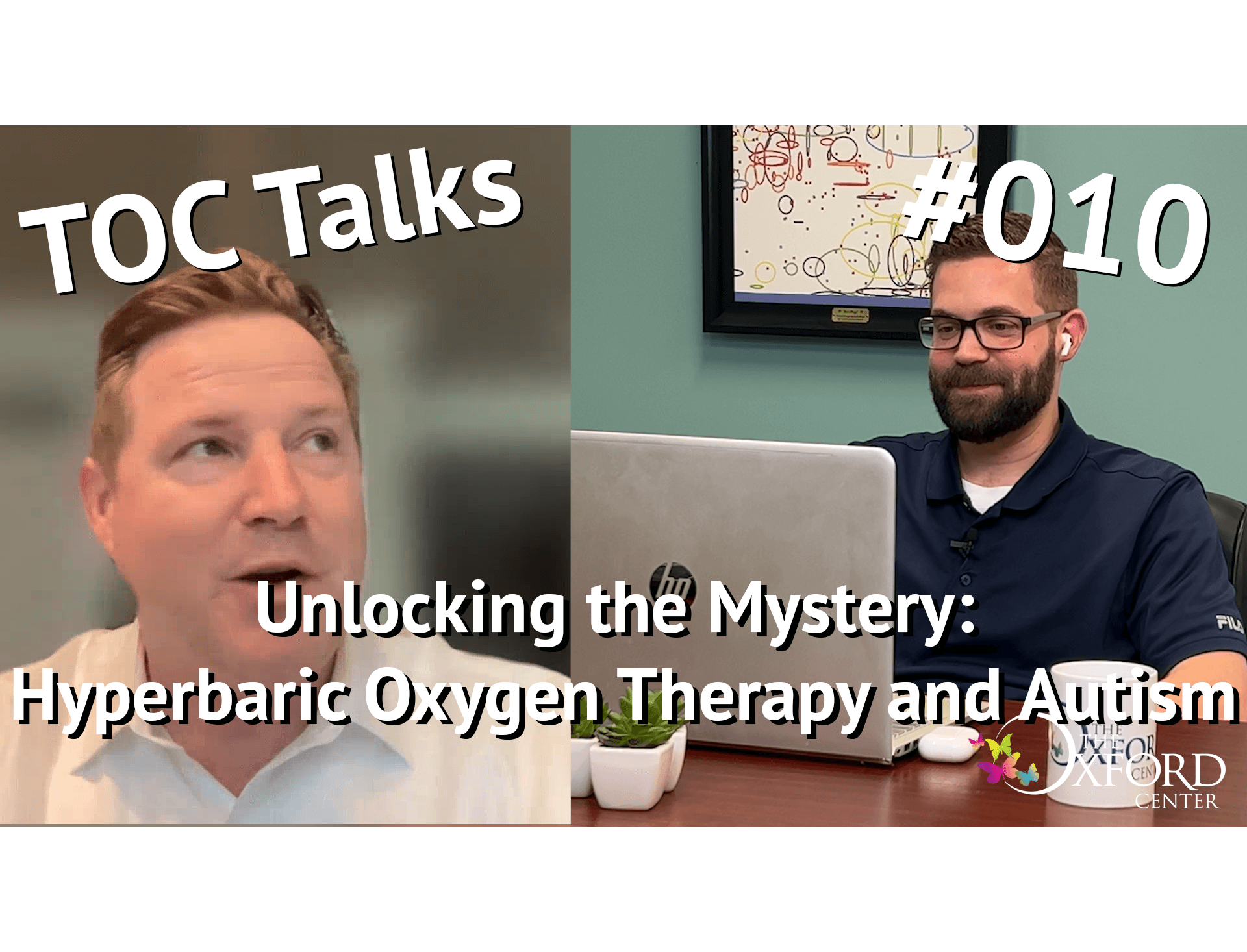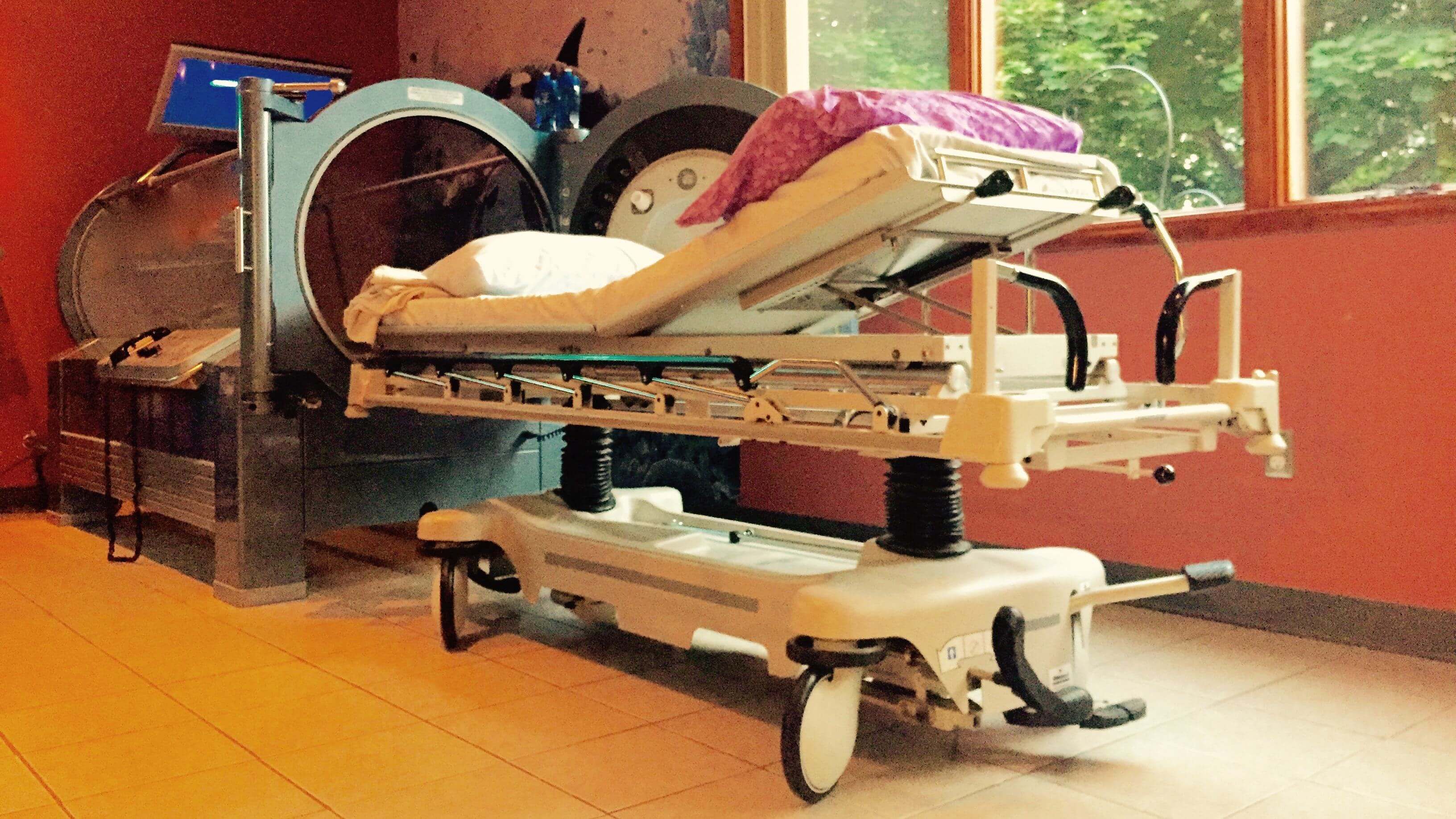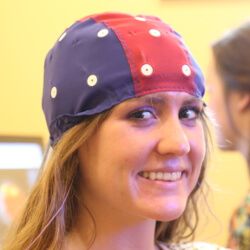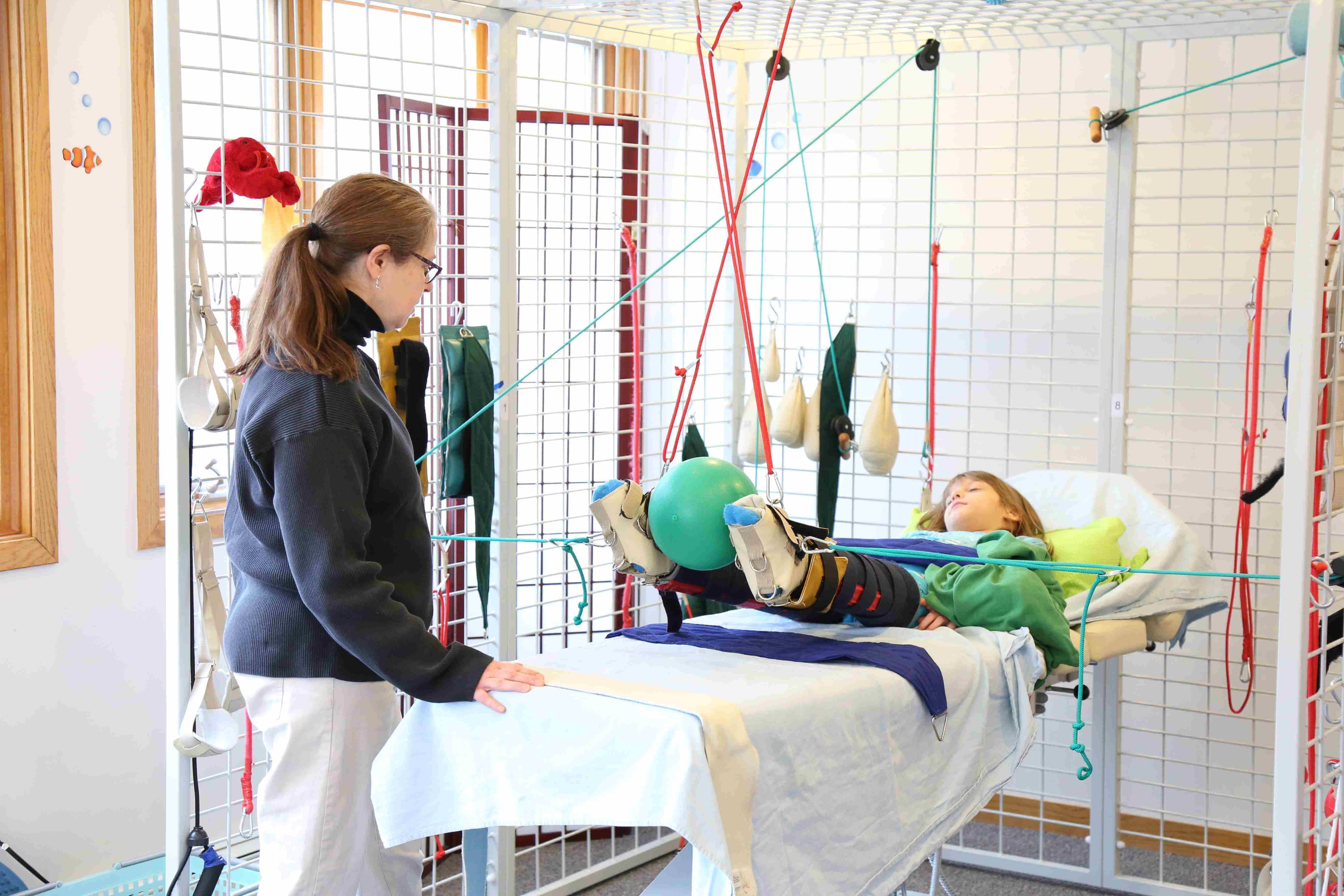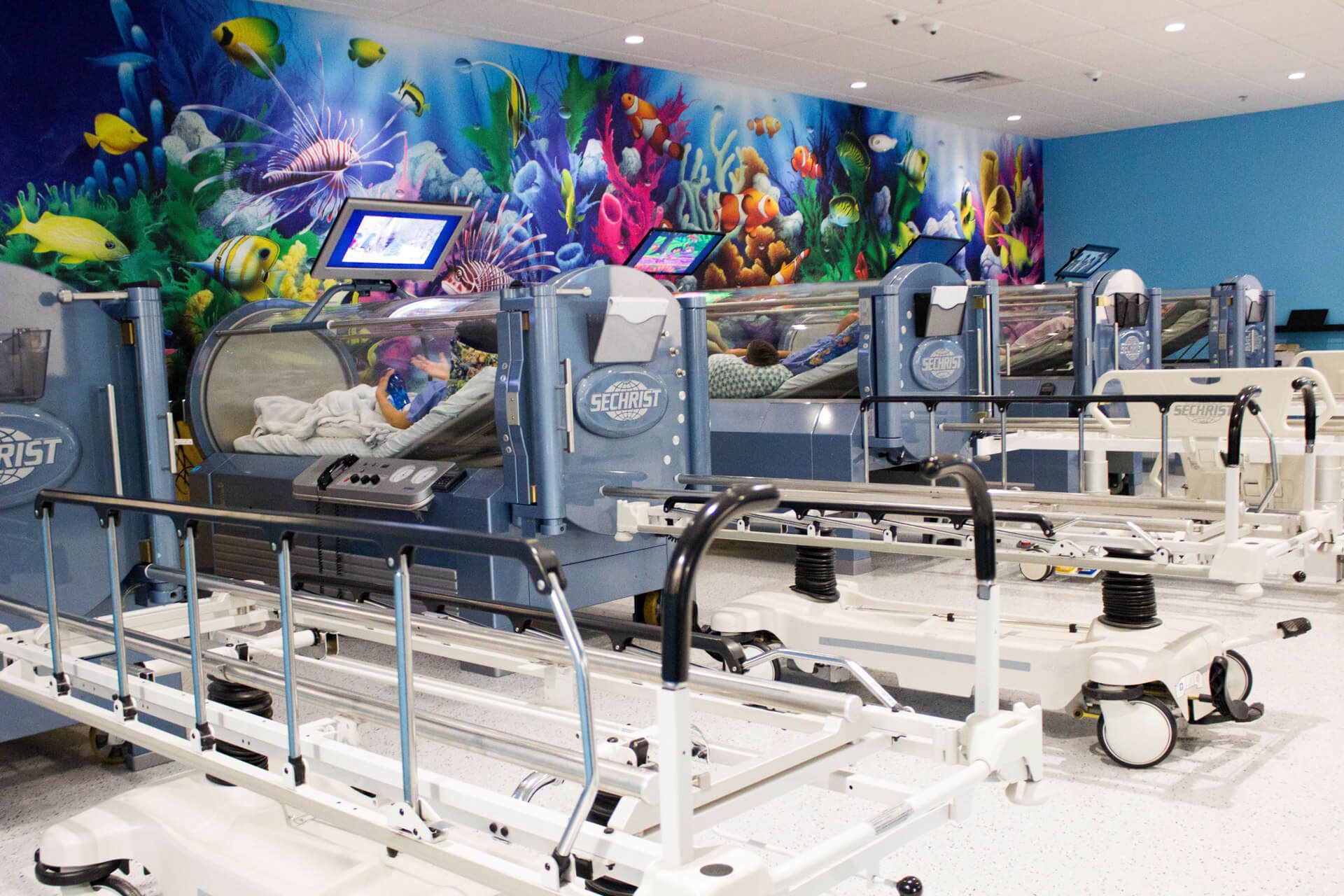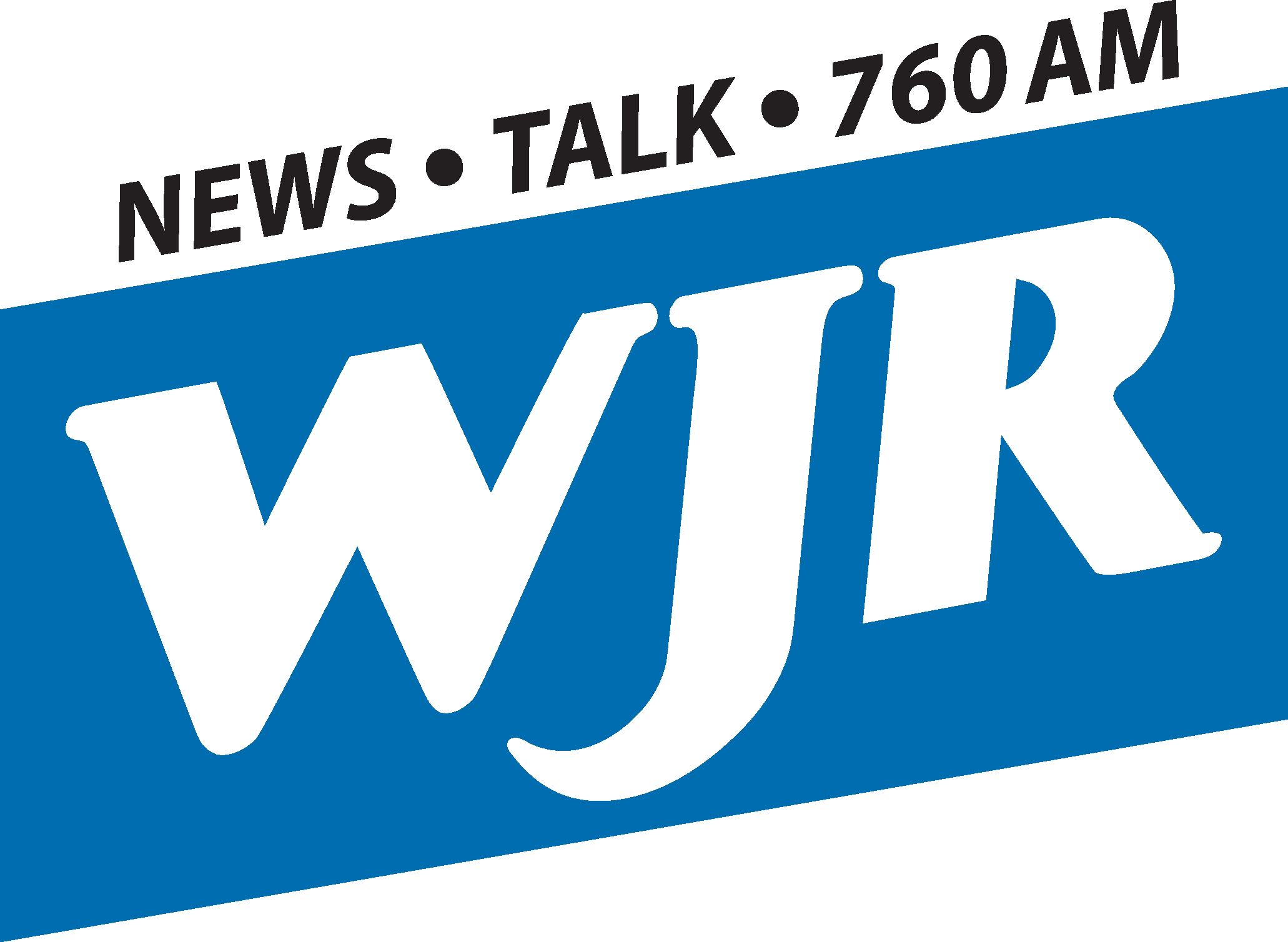TOC Talks Episode 10: “Unlocking the Mystery: Hyperbaric Oxygen Therapy and Autism”
In this Episode of TOC Talks, Andrew sits down with Dr. Robert Sherwin, MD, who is an Emergency Room Physician and Board Certified in Hyperbaric Medicine with 18 years of clinical research experience! Dr. Sherwin is a self-proclaimed “skeptic” of Hyperbaric Oxygen Therapy, and he expresses his surprise when he saw some of the results The Oxford Center has had through HBOT! Tune in as Dr. Sherwin discusses how he was first exposed to HBOT while working as an emergency physician in a hospital and his experience in conducting clinical research trials with Hyperbaric!
Check It Out!
Want to learn more about Hyperbaric Oxygen Therapy? Check out what we have to offer! Hyperbaric Oxygen Therapy – The Oxford Center
Want to listen to TOC Talks without the video? Subscribe to TOC Talks on your favorite Audio or Podcast platform!
Check out our episode and don’t forget to subscribe to TOC Talks! We can be found on all your favorite Audio or Podcast platforms as well as video podcasts on our YouTube and Facebook pages! Find us at the links below!
- YouTube: Unlocking the Mystery: Hyperbaric Oxygen Therapy and Autism TOC Talks EP:10 – YouTube
- Facebook: The Oxford Center – Home | Facebook
- Pandora: Music and Podcasts, Free and On-Demand | Pandora
- Apple Podcasts: TOC Talks: Unlocking the Mystery: Hyperbaric Oxygen Therapy and Autism TOC Talks Ep:10 on Apple Podcasts
- Spotify: Unlocking the Mystery: Hyperbaric Oxygen Therapy and Autism TOC Talks Ep:10 – TOC Talks | Podcast on Spotify
- IHeartRadio: TOC Talks | iHeart
- Stitcher: TOC Talks – Unlocking the Mystery: Hyperbaric Oxygen Therapy and Autism TOC Talks Ep:10 on Stitcher
- TuneIn: TOC Talks | Listen to Podcasts On Demand Free | TuneIn
Want to stay connected and up to date on what is happening at The Oxford Center? Make sure to follow our Social Media Pages! If you would like to find our TOC Talks Podcast page, click on the link below.
TOC Talks – Unlocking the Mystery: Hyperbaric Oxygen Therapy and Autism TOC Talks Ep:10 | RSS.com
